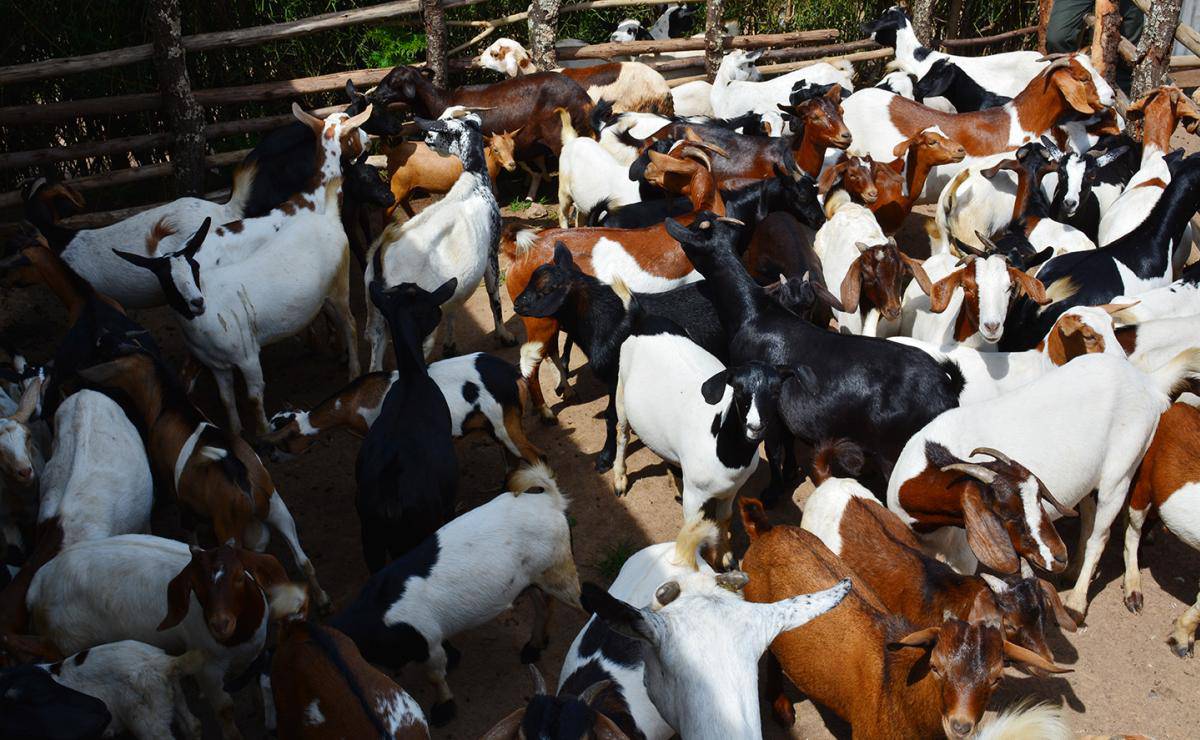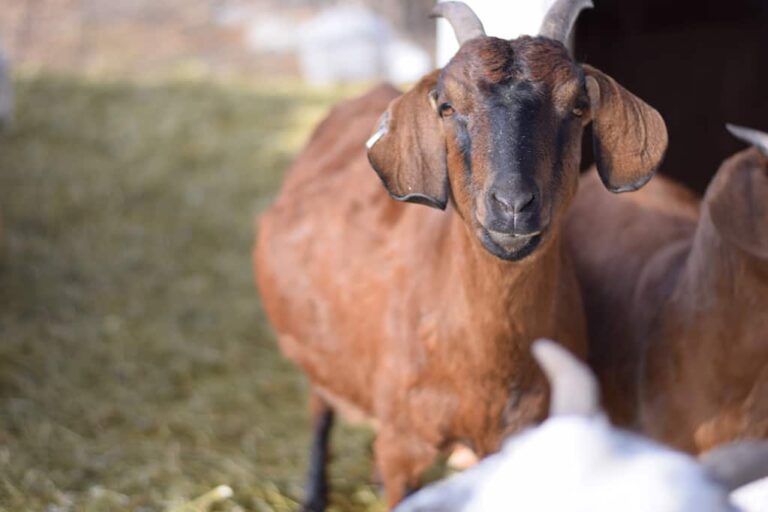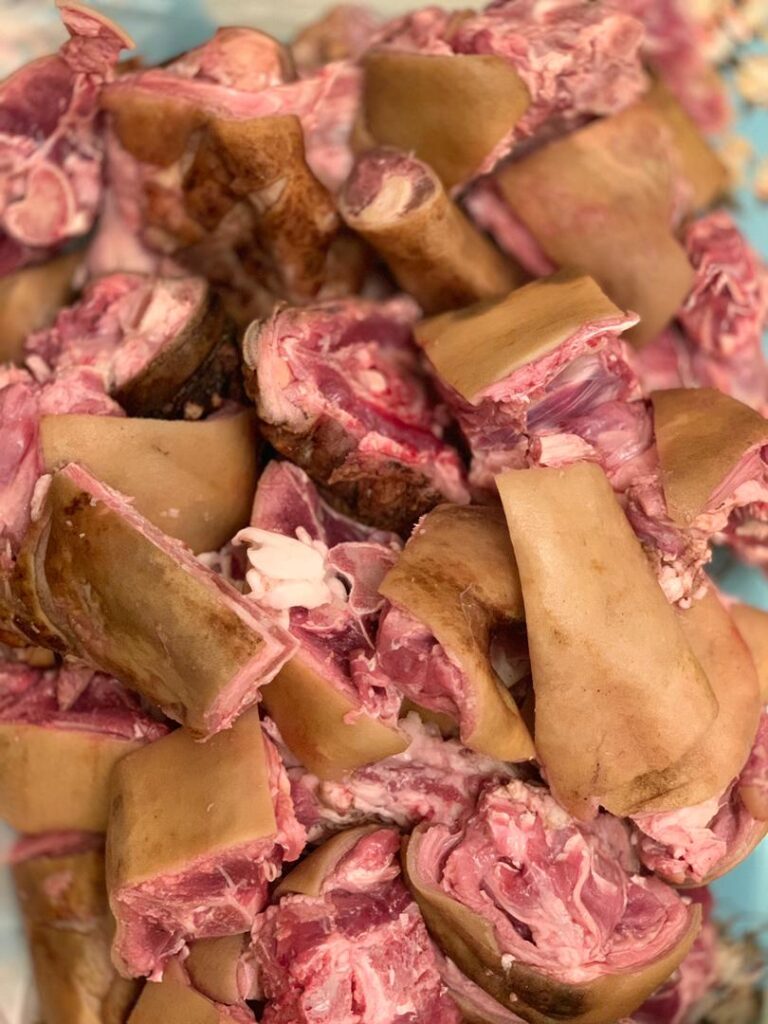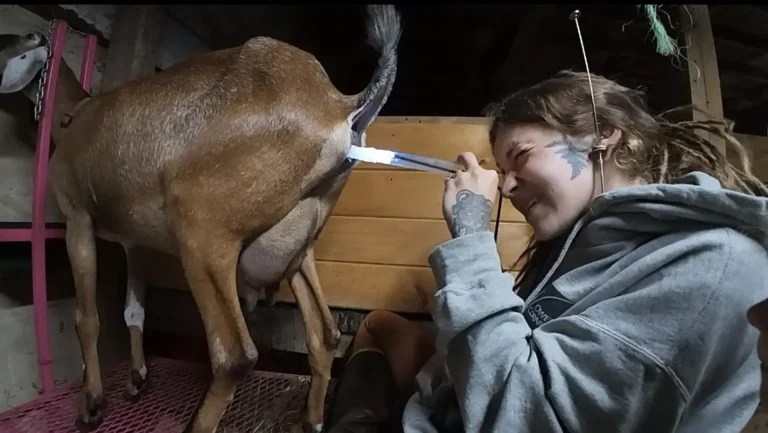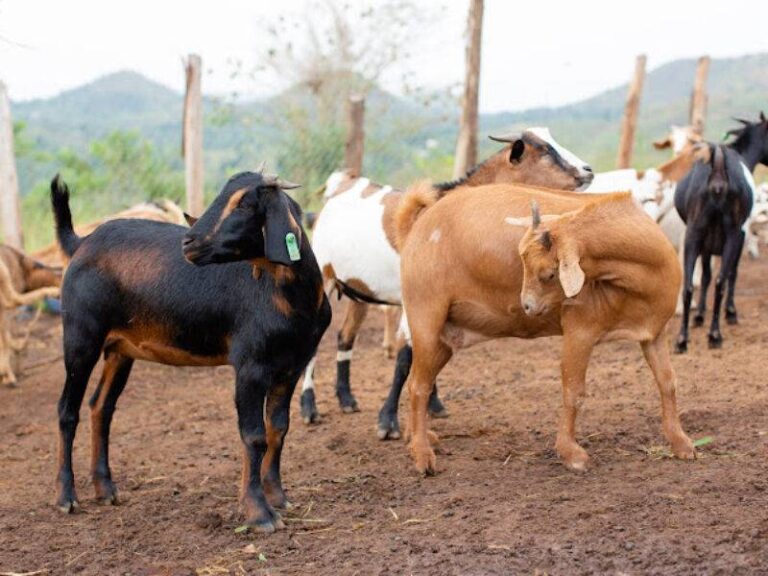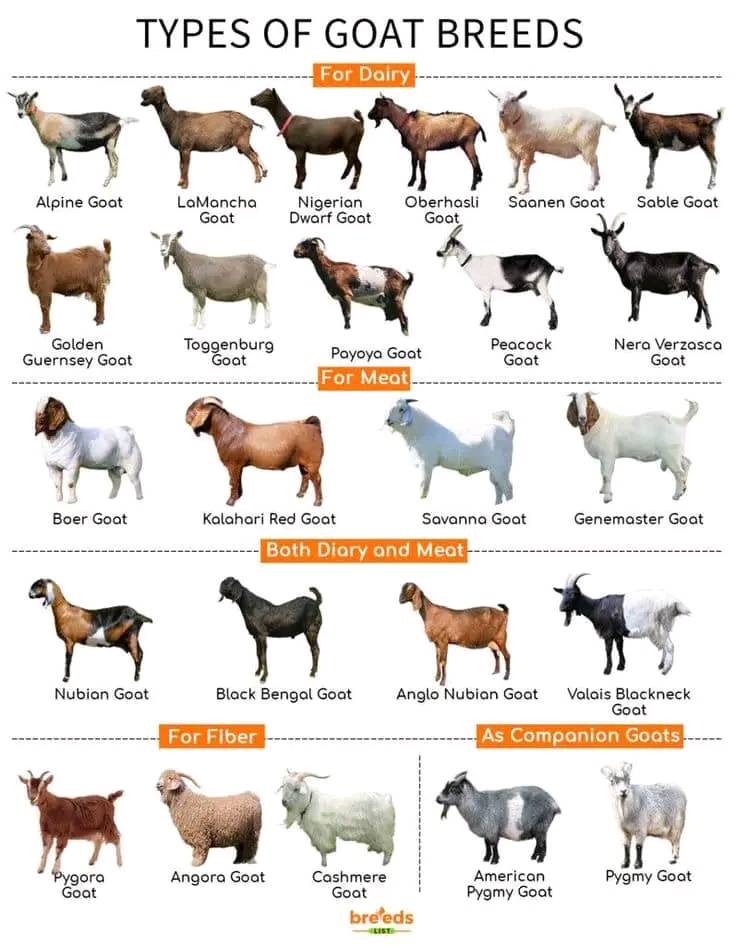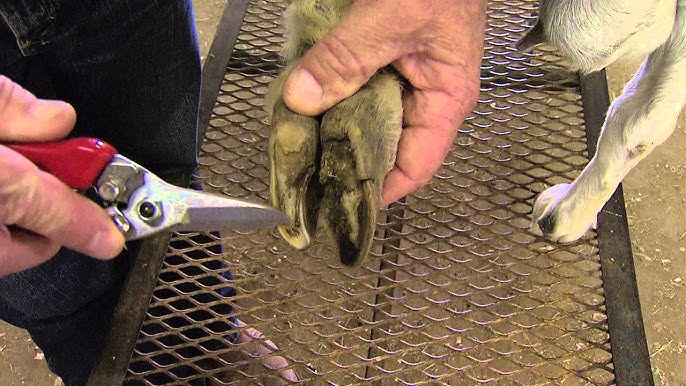Goat farming is a promising venture with relatively low startup costs, fast reproduction cycles, and high market demand. However, many first-time farmers struggle to make it profitable—not because goats are hard to raise, but because they fall into avoidable traps. Whether you’re running a backyard operation or launching a larger farm, understanding the most common mistakes in goat farming can save you time, money, and frustration. Here are key pitfalls to avoid if you want to build a healthy and profitable goat enterprise.
1. Starting Without a Clear Farming Goal
One of the earliest and most damaging mistakes is jumping into goat farming without a defined purpose.
Goats can be raised for meat, milk, fiber, or even breeding, but each goal requires different breeds, feeding programs, and infrastructure.
Trying to raise “a bit of everything” often leads to inefficiency, poor management, and low returns. Before buying your first goat, decide what you want to produce and who your target market is.
2. Choosing the Wrong Breed for Your Objective or Climate
Not all goats perform well in every environment or production system. For instance, Boer goats are great for meat but require intensive care, while Kiko goats are better for low-input, pasture-based farms. Some dairy goats, like Saanens, may struggle in hot, humid climates.
Selecting a breed simply because it’s popular, without considering your goals, land type, and climate, can result in high mortality, poor growth, or disappointing yields.
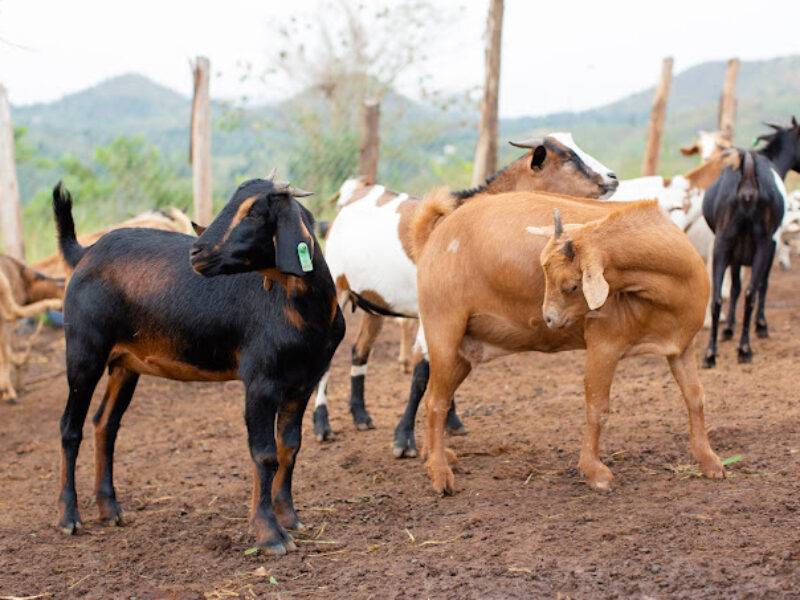
3. Underestimating the Importance of Fencing
Goats are curious, agile animals with a strong instinct to explore. Weak or poorly installed fencing can lead to regular escapes, crop destruction, and exposure to predators. This not only puts the goats at risk but also damages neighborly relations and your reputation.
Investing in strong, goat-proof fencing from the beginning is cheaper and easier than constantly chasing escaped animals or dealing with losses.
4. Neglecting Parasite and Disease Management
Internal parasites, such as worms, are one of the leading causes of weight loss, anemia, and death in goats.
Many new farmers wait too long before deworming or fail to rotate pastures, allowing parasites to build up.
Similarly, ignoring vaccination schedules, hoof trimming, or signs of illness can lead to expensive outbreaks.
Preventive care and close observation are key to maintaining a healthy, productive herd.
5. Poor Nutrition Planning
Some farmers assume goats can survive on whatever grass or scraps are available, but goats require balanced nutrition, especially if you’re targeting commercial meat or milk production.
A lack of minerals, roughage, or clean water leads to low fertility, poor growth, and weak immunity. Underfeeding during pregnancy, lactation, or weaning is especially risky.
Create a feeding plan that aligns with your production goals, whether it involves browsing, pasture rotation, or feed supplementation.
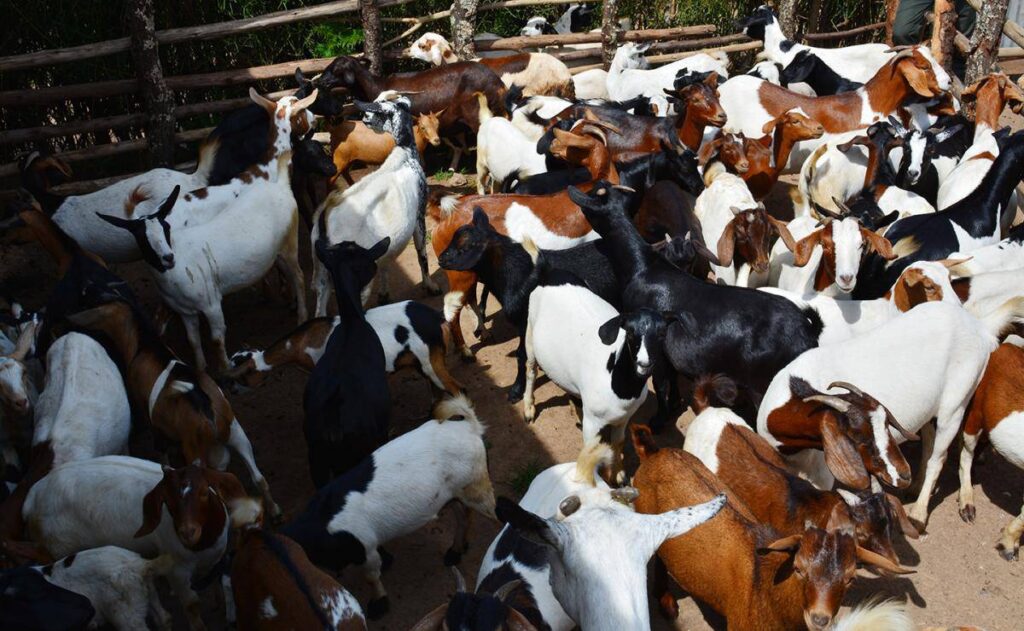
6. Overcrowding the Shelter or Grazing Space
Goats need space to move, graze, and rest. Overcrowding leads to stress, disease transmission, aggression, and feed competition. It also complicates breeding and parasite control.
Whether in a pen or on pasture, plan for the long term: allow at least 15–20 square feet of shelter per adult goat and enough grazing land to rotate and rest paddocks between uses.
7. Buying Animals Without Health Records or Quarantine
New farmers are often tempted to buy cheap goats at markets or from informal sellers, but this can introduce disease into your entire herd.
Always buy from reputable breeders who provide health records, and quarantine new arrivals for at least 14–21 days before introducing them to your main herd. Skipping this step can undo months or years of work.
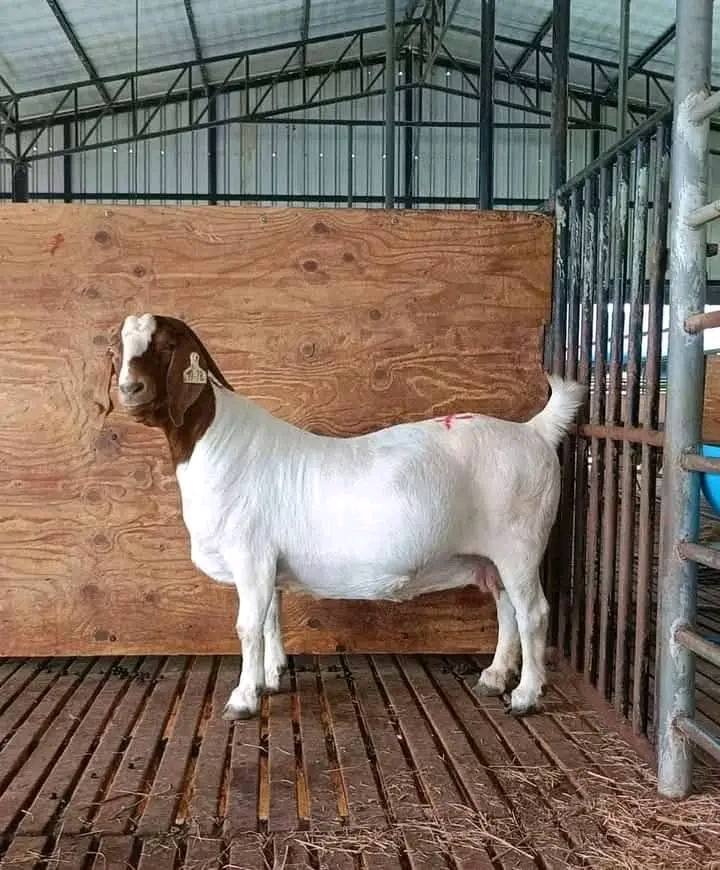
8. Failing to Track Farm Records
Without records, it’s impossible to measure growth, milk output, breeding performance, or profit. Many farmers overlook this because it seems tedious, but even basic information like birth dates, sales, medical treatments, or feed costs can reveal what’s working and what’s not.
Records help you make smarter breeding decisions, avoid inbreeding, and price your animals properly.
9. Ignoring Market Research
Some goat farmers raise excellent animals but struggle to make sales or turn a profit because they didn’t study the market.
Are you producing milk where there’s no demand? Are your prices competitive? Is your target audience reachable?
Effective marketing and relationship-building with butchers, milk buyers, or processors is just as important as good animal care.
10. Scaling Too Fast Without a Strong Foundation
Ambition is good but expanding too quickly can overwhelm your systems and resources.
Some farmers go from 5 goats to 50 within a year without expanding housing, fencing, or feed capacity. This often results in losses, poor animal care, and burnout.
It’s wiser to master the basics with a small herd, build cash flow, and scale gradually with systems that support growth.
Wrapping Up
Most mistakes in goat farming are preventable with planning, observation, and a willingness to learn.
Farming is both science and strategy; what works for one farmer may not work in your climate or setup.
By avoiding these common pitfalls, you position your farm not just for survival, but for consistent, long-term profitability.
Related:

